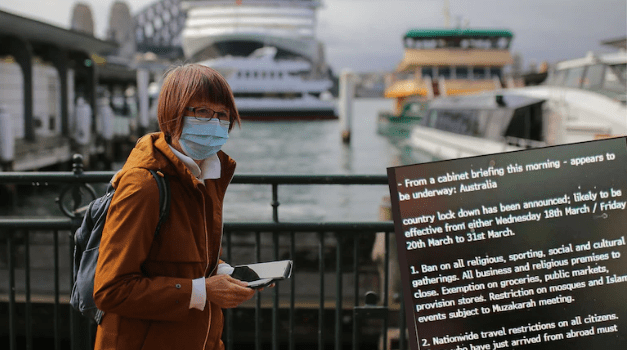What is the COVID-19 virus?
COVID 19 has sparked a global pandemic due to the prominence of the virus in all countries which threatens the safety of people.
The corona virus is similar to many other respiratory viruses, in the sense that it can spread in small droplets which are released from the nose and mouth of an infected person. However, the virus can also be contracted by an individual touching surfaces, which have been contaminated with the virus. These occurrences have provided an insight into understanding and carrying out experiments to examine how long the virus can survive in the external surroundings of the human body.
Infection through the air
A single human cough produces around 3000 droplets, which can land on other people, clothing or surfaces around them, whilst smaller particles may remain in the air. Evidence also suggests that the virus lasts longer in faecal matter, which demonstrates that individuals who leave bathrooms without washing their hands thoroughly, would potentially contaminate anything they touch.
World Health Organisation and other health authorities have indicated the importance of washing one’s hand constantly and disinfecting frequently touched surfaces to help prevent the spread of the virus. A study has displayed that the virus could survive in droplets for up to 3 hours after being coughed into the air, and fine droplets, which range from 1-5 micrometres in size, are able to remain airborne for numerous hours in still air.
Joseph Allen, a professor of public Health at Harvard, suggested that the data supports the idea that people should take practical precautions, such as ensuring the flow of fresh air and good ventilation, to prevent airborne spread.
Infection of surfaces
The virus has also been found to be able to survive on metal, glass and plastic for periods as long as nine days, unless properly disinfected. In low temperatures, the virus can survive for up to 28 days.
The National Institute of Health study has also discovered that COVID-19 survives up to 23 hours on cardboard, and up to 3 days on plastic and stainless-steel surfaces.
These findings suggest that the virus thrives on such materials including door handles, plastic coated worktops or other hard surfaces. However, researchers have found that copper surfaces tend to kill the virus in roughly 4 hours.
Infection on clothing
On clothing and other surfaces which are difficult disinfect, the ability for the virus to survive is not yet evident. Head of the virus ecology section at Rocky Mountain Laboratories, Vincent Munster, has stated that the absorbent natural fibres may dry up the virus quickly.
“We speculate due to the porous material, it desiccates rapidly and might be stuck to the fibres,” he says. “Changes in temperature and humidity may also affect how long it can survive, and so may explain why it was less stable in suspended droplets in the air, as they are more exposed.”
An epidemiologist at the University of North Carolina, Rachel Graham, has supported this idea, stating that “porous surfaces – like money, hair and fabric – don’t allow viruses to survive as long because of the small spaces or holes in them can trap the microbe and prevent its transfer.
Infection on food
Daniel Kuritzkes, an infectious disease expert at Brigham and Women’s Hospital, has also stated that food is not a major risk factor, due to most infections occurring in the respiratory system, not the digestive tract. The infections typically originate from contracting the virus on an individual’s hand then proceeding to touch their face. He continues to remark that “utensils, plates and cups which may be handled by an immense amount of people in a cafeteria setting for example, would be of more concern, and precautions are important to ensure the minimisation of infected people.”
What is still unknown?
Given that this virus is a recent addition to our world, the impact environmental conditions have on its survival and growth is unknown. There is discussion that scientists will continue to analyse the environmental conditions including temperature and humidity – factors which may affect the virus’ ability to live in a specific environment. In addition to this, in order to gain a deeper understanding of real-world transmissions, they plan to experiment with variables to test if the spread of the virus may be hindered during warm summers.

